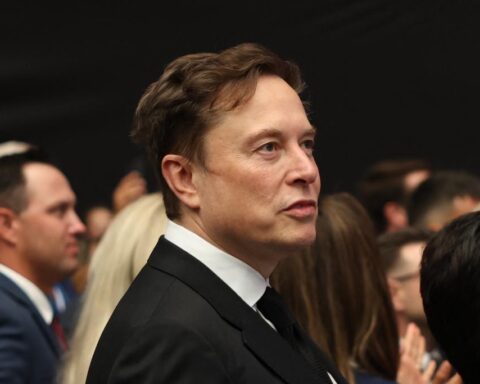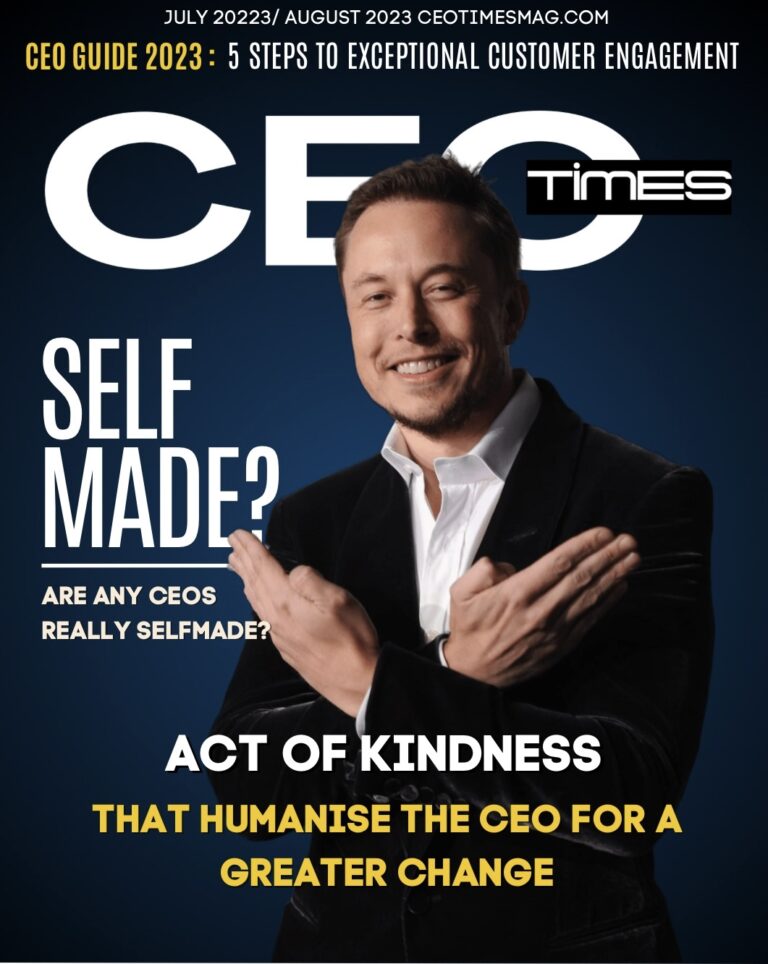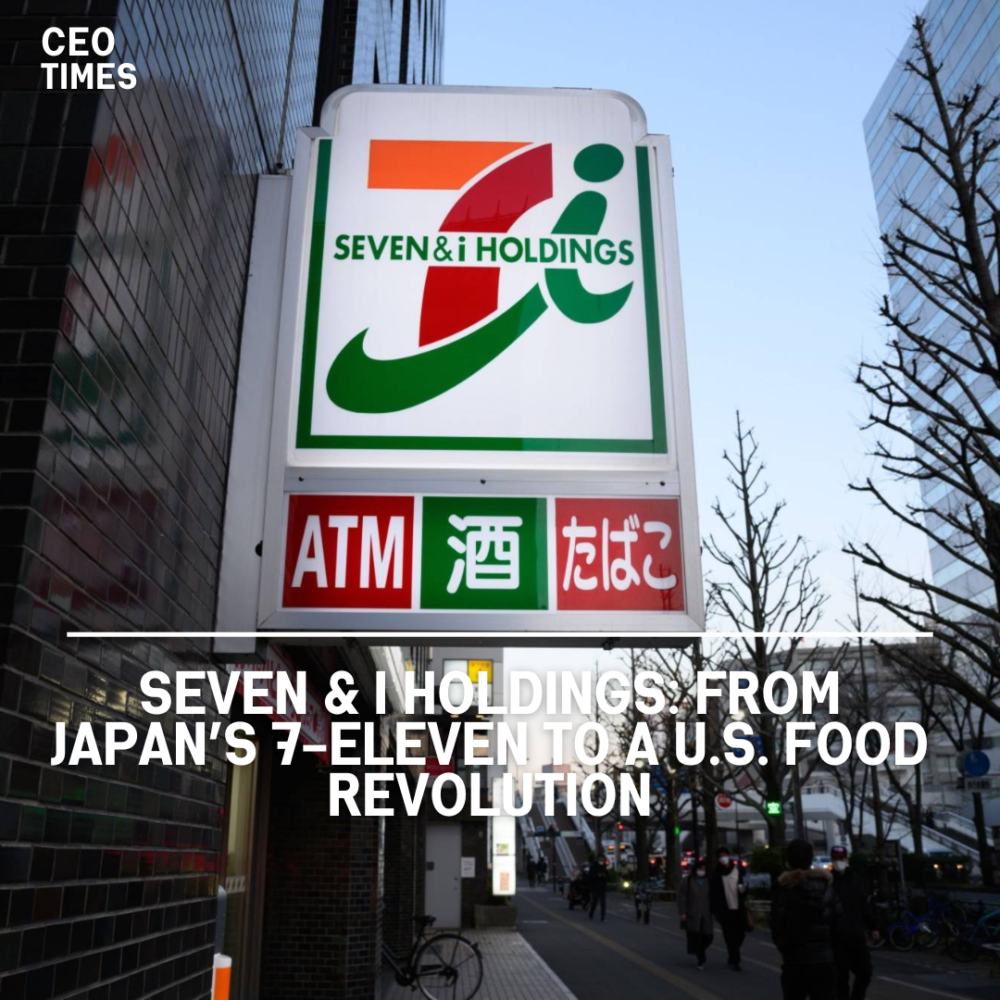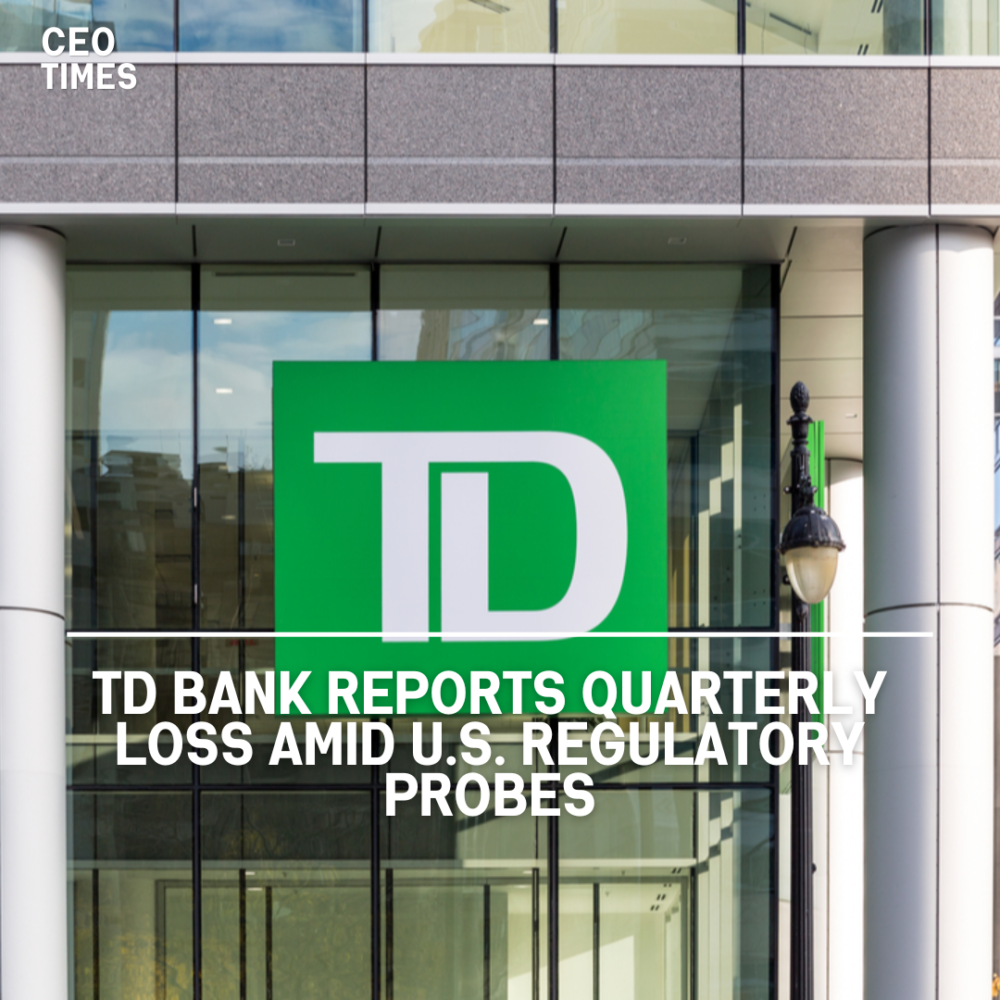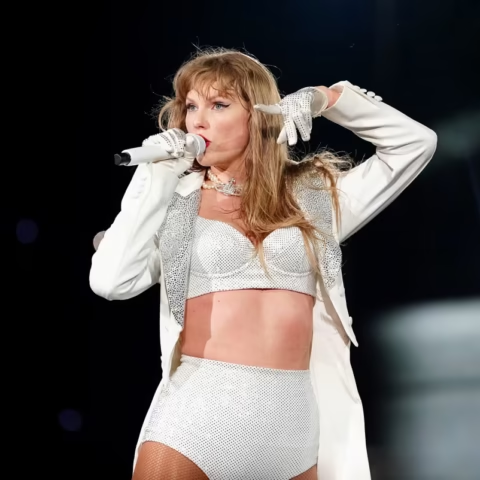Target’s strategic price cuts on groceries are starting to yield positive results. The Minneapolis-based retailer has seen a return to comparable sales growth after a period of sluggish performance, as budget-conscious shoppers, drawn in by discounted food and household items, explore other aisles during their visits.
Grocery Strategy and Shopper Behavior:
Despite the growing appeal of its grocery offerings, Target’s Chief Operating Officer, Rick Gomez, emphasized that while customers are budget-conscious and seeking deals, they are still willing to spend on fashion and new products when the price is right. This shift in shopping behavior was highlighted during a post-earnings call on Wednesday.
Traditionally, groceries have constituted a smaller portion of Target’s sales mix compared to competitors like Walmart, with a focus on apparel, electronics, and home goods. However, this emphasis on non-essential items hurt sales over the last two years as inflation pressured consumers to cut back on discretionary spending.
Price Cuts and New Product Lines:
Target implemented price cuts on over 5,000 popular items this year, including essentials like bread, soda, paper towels, and pet food, to attract more price-sensitive shoppers. The company also introduced a private-label basics line called “dealworthy,” featuring nearly 400 items priced below $10, such as iPhone chargers and toiletries.
This strategy aligns with broader industry trends, as rivals like Walmart, Costco, and Amazon have reported that shoppers are increasingly seeking bargains. Blake Droesch, an analyst with Emarketer, pointed out that while essentials like milk, eggs, and bread may not yield high profits, they help drive foot traffic, which can lead to impulse purchases of higher-margin items.
Positive Market Response:
Target’s approach appears to be paying off, with shares closing 11% higher on Wednesday. This is a sharp contrast to the 8% drop three months ago following disappointing first-quarter earnings.
Notably, apparel sales, which had been declining, rose by 3% in the second quarter, driven by demand for Target’s private-label brands like “All In Motion” and “Wild Fable.” Beauty products also performed well, with sales growing 9%.
Expansion of Private Labels:
Target has been focusing on expanding its more than 45 private labels, collectively generating over $30 billion in annual sales. This comes after its “cheap chic” strategy of offering trendy, affordable designer home goods and clothing failed to secure a loyal customer base.
Recently, Target executives highlighted new launches, including the Gigglescape toy brand and Target-themed merchandise like plush bullseye dogs and Target-branded Fisher-Price Little People.
Skepticism About Long-Term Benefits:
Despite the recent gains, Morningstar analyst Erin Lash expressed skepticism about how long Target’s momentum will last, citing the retailer’s undifferentiated product assortment and lack of a clear cost advantage relative to other discount retailers.





